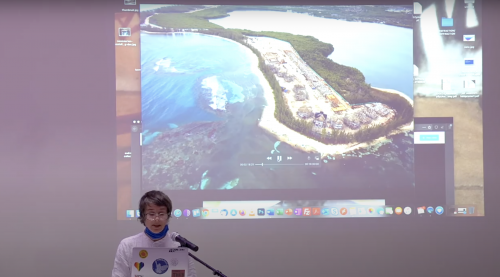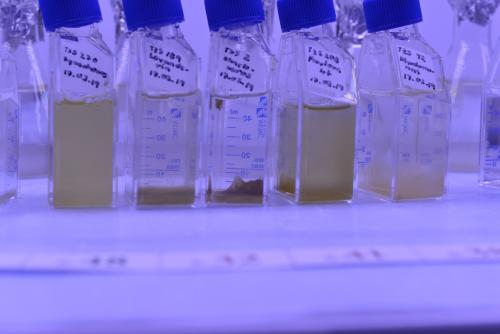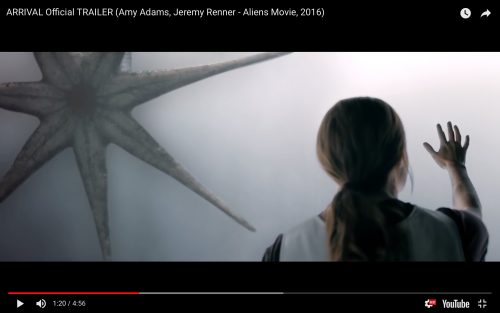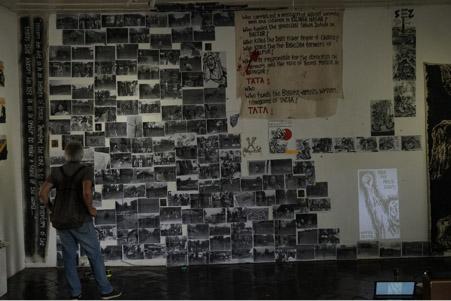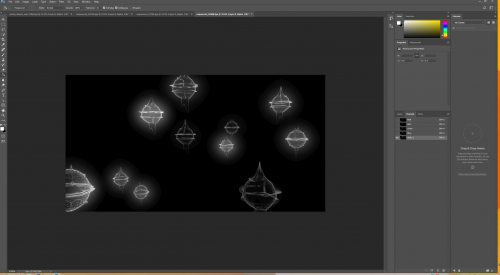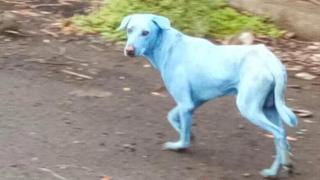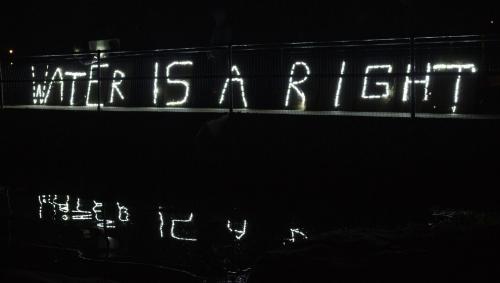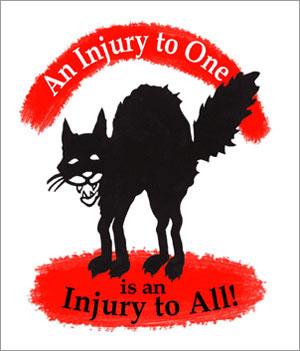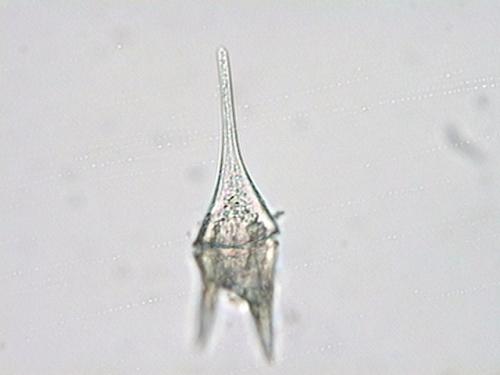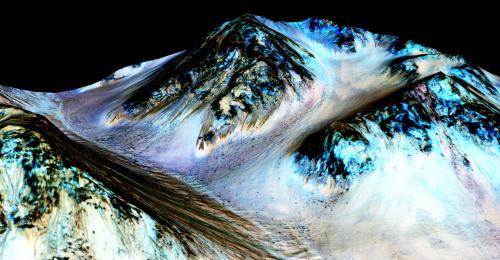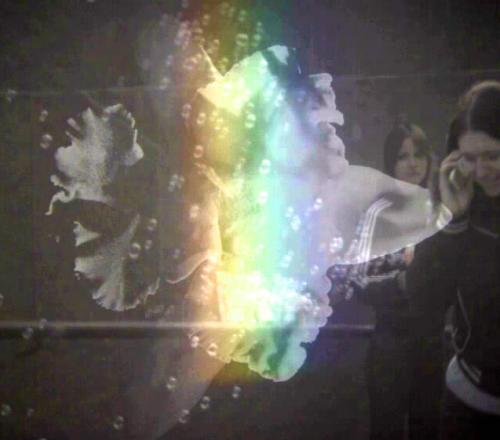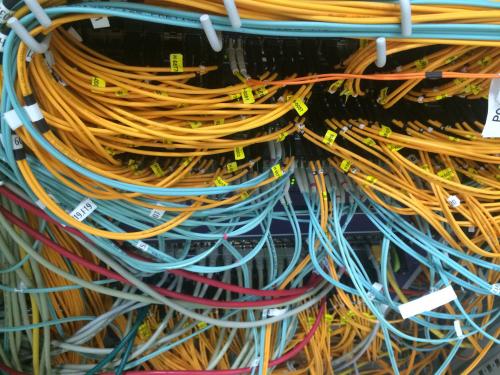SMW: In your presentation at the Kunsthall in 2022 we loved how you started with light or better, the wave theory and the colour spectrum of seeing. This research is not only attributed to Richard Feynman, as it is the backbone of Quantum Physics. The concept of imaging in science with its background in photography is also how we study life as living beings. And before we delve into the three dimensional aspect of this research, I am intrigued about how science and life are intertwined, not only on the individual level but on a societal level. You once told a story about how you became interested in being a scientist early on. Would you mind looping back to that?
AAS: I agree with you. The wave theory is not Richard Feynman’s.[1] Light wave theory[2] is still classical physics. In quantum physics, wave-particle duality[3] is used to describe photons. However, the swimming pool example is his illustrative way of describing it.
Our neighbor had a basic microscope when I was a kid. We used to take things out of the garden, leaves, frogspawns, worms, and look at it under the microscope. It made me feel like most of the universe exists outside of my viewpoint.
Later, I found my parents’ encyclopedias and my brother’s physics books in our library. These books really helped me to get comfortable reading terms I did not fully understand. To question, and accept that I will never know enough, and that others probably don’t know either. Not understanding these books was quite fun! It made me imagine so many things.
SMW: In the work of my studio the two dimensional and the three dimensional are often merging and that is a particular point in thought imaging as well. In a way, technology helps lift up the two dimensional to the the three dimensional if you describe it crudely. It is a process of sculpting. Making a three dimensional shape of a two dimensional image that has a physical materiality, even on a nano level. Let’s say that perhaps the voxels [4] are witnessing this and have a physical material aspect of the pixel ?
AAS: I agree that it is a process of sculpting! A pixel is two dimensional with XY dimensions. A voxel is cubic with the XY dimension of the pixel plus the height of the measurement. So, it is reconstructed by the pixels.
SMW: Art and science collaborations are easier said than done, it is a complex weaving of material, discourse and set ups of perspectives and ways of being in the world. With your book project and a science perspective what are the steps to achieve a new knowledge in science and art ?
AAS: I think science can make you wonder. It provides information up to a point, which could be fascinating, but also provides questions. I have found it quite often that artists think of science as data and think of scientific methods as data analysis or statistics. This is not false, but there can be an overemphasis on knowledge, while wondering is a big part in science.
There is an Iranian writer, Ebrahim Golestan, who said this beautifully. He said that as babies, we start to learn the rooms within our house, but we’ll be lost if we get outside. Growing up, as we learn how to read and use technologies, we can navigate ourselves in the streets, but we will be lost if we are put in the middle of a desert or an ocean. If we learn to navigate in these environments, we will find our way, but we’ll be lost if we are put in space.
He then adds that one should feel comfortable feeling lost and rather uncomfortable feeling content in the curiosity-land. We use different methods to navigate our understanding of the universe. Art and science as two methods that use different strategies and viewpoints to help us direct our understanding, have great potential to collaborate and build on each other.
SMW: We both have been dreaming of alternative nurturing frameworks for these collaborations to flourish and there should be a sort of infrastructure one can work on to make these possible.
What do you think? We spoke about examples of long term laboratories, educational and research projects, that perhaps transcend institutional culture into a more hybrid and dynamic one. Could you tell a bit about your examples?
Connecting to the previous question, we perhaps don’t see enough existing structures yet. As always in figuring out this process, it is necessary not to focus solely on the pioneering and innovative aspect but more on actually materialising it and setting up these infrastructures. What examples come to your mind?
AAS: I imagine starting a space consisting of lectures, discussions and workshops to inspire people to come up with their own projects. The lectures could be about topics such as dimensions, photography, materials, possibilities of materials, astronomy, and so on. Artists can benefit from learning more about these topics. For example, they can imagine materials with certain properties for their works and as scientists, we can see if that imagination can turn into a reality.
Alongside, a team can be created consisting of people with different backgrounds who work on specific projects relating to imagining the future based on biomaterials. One project could be to think about a living space and come up with alternative solutions on what we use on our building materials. Even if these projects fail or only stay in the prototype phase, it is a great starting point for change to actually happen. To show what works, what fails, and how to collaborate.
SMW: One obstacle or advantage is often that frameworks from institutions or funding bodies come with an ideology or certain geopolitical package. AI insired artworks are funded by INvidia, there are many examples. Surely these are enabling structures where money flows but they are also connected to authorship and copyrights and so on. What is your perspective there?
AAS: This is so true!
Additional notes
SMW: Especially as a driving force for public engagements and the commons in knowledge but also a critical drive citizen science is interesting in art and science. There are hacker labs but also community actions that foster art and science. Do you have any experience or do you see this as rather ephemeral from a professional perspective?
One of the strings in your fabulous presentation was if I interpret form and the planetary sensing mission: how technology based science processes open and expand ho wand what we imagine...as waves going through matter and dust or the way we calculate the first stars with our so to say terrestrial and completely different time and space set up.
Obviously for a planetary sensing mission that is the most exciting drive and appetite about art and science.
[1] Richard Phillips Feynman was an American physicist and a 1965 Nobel Prize winner. Feynman is regarded as one of the great physicists of the 20th century who made significant contributions to understanding quantum field theories.
https://www.nobelprize.org/prizes/physics/1965/feynman/biographical/
[2] Light wave theory
Wave theory speculates that a light source emits light waves that spread in all directions.
https://www.olympus-lifescience.com/en/microscope-resource/primer/lightandcolor/particleorwave/
[3] Wave-particle duality
Publicized early in the debate about whether light was composed of particles or waves, a wave-particle dual nature soon was found to be characteristic of electrons as well.
http://hyperphysics.phy-astr.gsu.edu/hbase/mod1.html
[4] In computer graphics, a voxel (analogous to pixel from volume and el from element) denotes a grid point (“image” point, data element) in a three-dimensional grid . This corresponds to a pixel in a 2D image, a raster graphic.
Anita Akbarzadeh Solbu and Susanne M Winterling met in Trondheim where both were working at NTNU the Norwegian University for Science and Technology. For the exhibition at Kunsthall Trondheim in 2022 by Susanne M.Winterling Anita presented part of her ongoing research on science and art. In 2023 both started a new network and platform for art and science in Oslo.
Anita Akbarzadeh Solbu is a researcher and biotechnologist, investigating the processes of scientific imagery. She pushes the boundaries of these techniques in an attempt to expand scientific imagination. She currently works on new materials in biotechnology.
Susanne M Winterling is focusing in research and education on art and ecology as well as art and science, both branches in a decolonising mission. They/them are professor of material and medium based arts at the Oslo National Academy of the Arts.
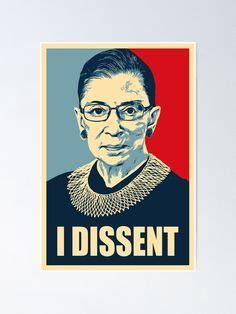
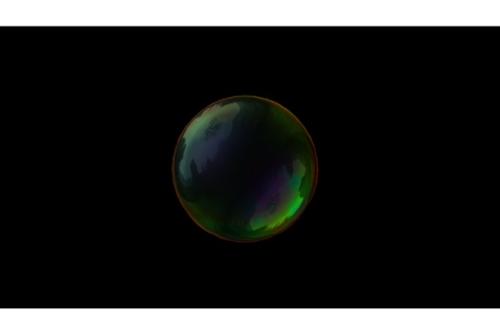
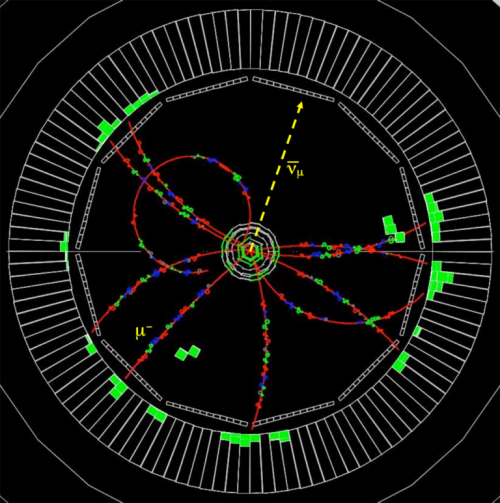
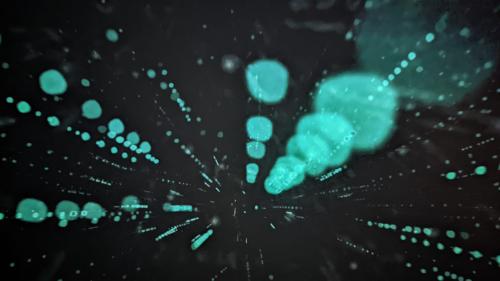
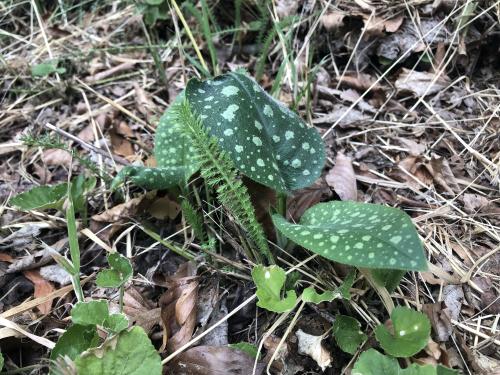
![Blackwash [working title]](/sites/default/files/styles/medium/public/56fe8ebf-7f16-4486-a251-6d85b1e906c3_4_5005_c.jpeg?itok=rIFeYRMo)
